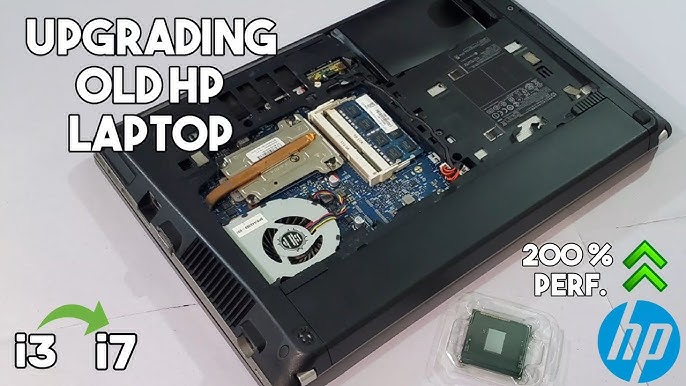HP Laptop Service Center in Patna
-
Motherboard Issues
-
Power Failure: The laptop won’t turn on, and no LED indicators exist.
-
Overheating: Random shutdowns due to poor thermal design.
-
Physical Damage: Burnt capacitors or traces (e.g., liquid spills).
-
BIOS Corruption: Boot loops or “No Boot Device” errors.
-
Component Failure: USB/HDMI ports, RAM slots malfunctioning.
-
-
Processor Issues
-
Overheating: Thermal throttling or sudden shutdowns.
-
Compatibility: Incompatible CPU causing boot failure.
-
Physical Damage: Bent pins or soldering issues (common in BGA chips).
-
Performance Issues: Slow processing due to outdated specs.
-

Solutions for Motherboard & Processor Problems
| Issue | Solution |
|---|---|
| Motherboard Power Failure | Check the power adapter, replace the damaged DC jack, or replace the motherboard. |
| Overheating | Clean fans/reapply thermal paste; use cooling pads. |
| BIOS Corruption | Reset/update BIOS via HP Support Assistant or USB recovery. |
| CPU Overheating | Reapply thermal paste; ensure proper fan function. |
| CPU Compatibility | Verify socket/chipset compatibility before replacement. |
HP Laptop Service Center in Patna
Processor Replacement: Categories, Ratings & Specifications
Most HP laptops use soldered CPUs (non-upgradable). For models with socketed CPUs (e.g., older Pavilion or EliteBooks), consider these factors:
Processor Replacement Compatibility Ratings
| Category | Rating (1–5) | Details |
|---|---|---|
| Same Generation Upgrade | 4/5 | Low risk if same socket (e.g., i5 to i7 in 8th Gen). BIOS usually supports. |
| Different Gen, Same Socket | 2/5 | Risky; requires BIOS update. E.g., 7th Gen to 8th Gen on LGA 1151. |
| Different Socket (Intel/AMD) | 1/5 | Impossible; motherboards are socket-specific (e.g., LGA 1200 vs. AM4). |
| Non-HP OEM Processors | 3/5 | Possible but may lack driver support (e.g., Xeon in consumer laptops). |
Key Specifications to Check
-
Socket Type:
-
Intel: LGA 1151, BGA 1528 (soldered).
-
AMD: FP5, FP6 (soldered in modern laptops).
-
-
TDP (Thermal Design Power): Ensure new CPU matches motherboard’s TDP limit (e.g., 15W U-series vs. 45W H-series).
-
Cores/Threads: Upgrading from dual-core to quad-core may require BIOS support.
-
Integrated Graphics: Verify compatibility (e.g., Intel HD vs. Iris Xe).
-
BIOS Support: Check HP’s official CPU compatibility list for your model.
HP Laptop Service Center in Patna
Step-by-Step Processor Replacement Guide
-
Check Compatibility: Use tools like CPU-Z to identify current specs.
-
Backup Data: Always backup before hardware changes.
-
Disassemble Laptop: Remove battery, heatsink, and motherboard.
-
Replace CPU: For socketed CPUs, lift the retention lever and align pins.
-
Apply Thermal Paste: Use high-quality paste (e.g., Arctic MX-4).
-
Test: Boot into BIOS to confirm recognition; monitor temperatures.
Risks of Upgrading
-
Incompatibility: Bricking the motherboard or instability.
-
Warranty Void: HP often voids the warranty for DIY upgrades.
-
Physical Damage: Bent pins or overheating due to poor installation.
